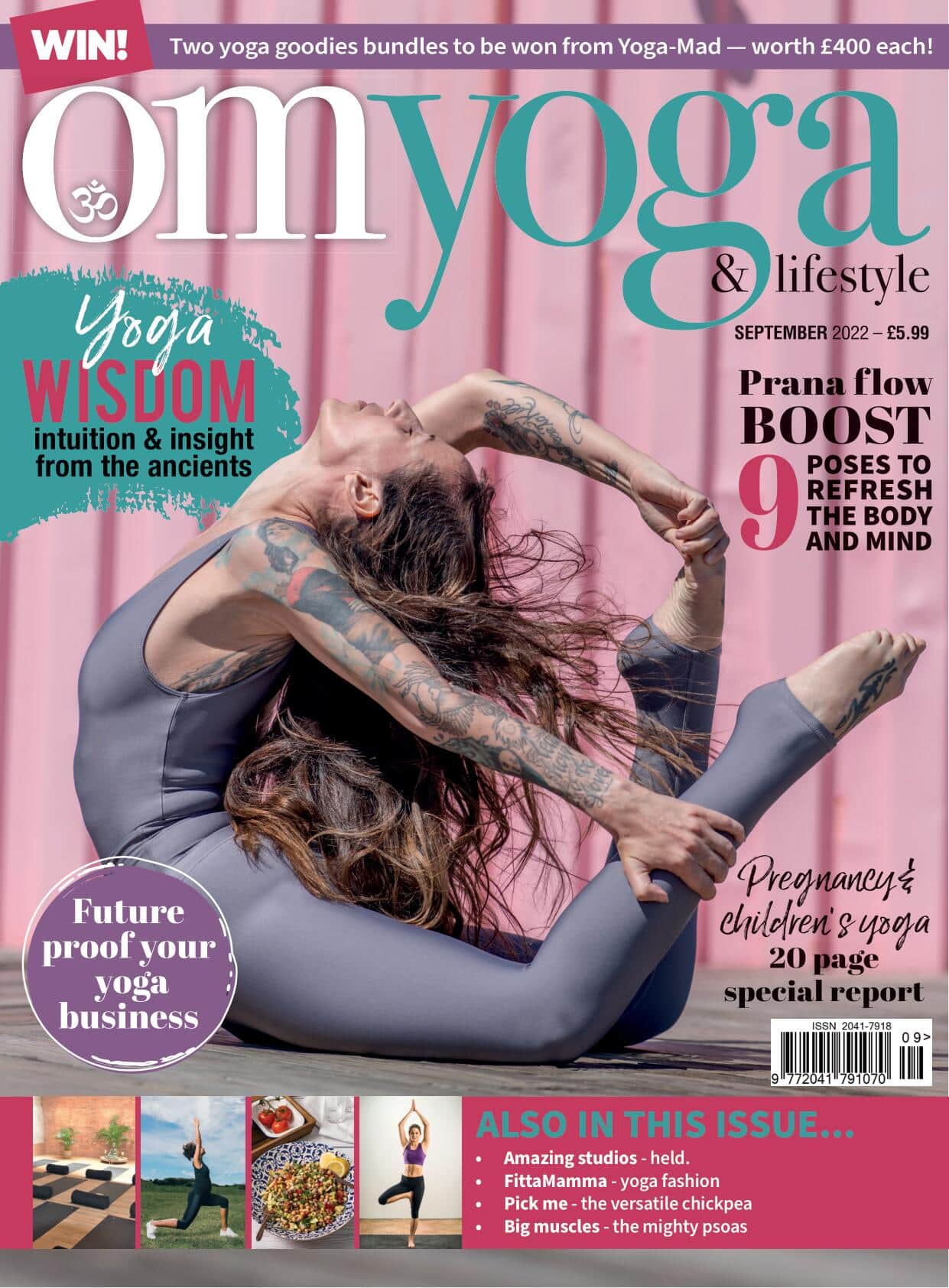
Living the teachings — understanding yoga’s everyday spiritual meanings
SVADHYAYA (self-contemplation, self-study)
The Niyamas are the second limb of the eight limbs of yoga. They specifically remind us of our duties towards ourselves and are considered to be character building, encouraging us to look inwards as opposed to the Yamas which largely have an external/social focus, looking at our relationship with others.
The fourth Niyama, Svadhyaya, is concerned with getting to know yourself better. Broadly speaking, it refers to any activity we might undertake that enables us to better understand our thoughts, emotions, motivation and actions. This self-reflection may help us gain more clarity about such things as our habits, strengths, weaknesses, blind spots and triggers.
Practicing Svadhyaya encourages us to look behind our feelings and emotions and to understand that these things do not define us. Generally, people who are good at noticing how they feel and can calm themselves down or adjust their behaviour are more likely to do well in life, have healthy relationships and have greater resilience. Having the skills to reflect in this way helps us to better navigate life and can potentially increase our purposefulness and ownership of our lives.
It is fascinating to consider that how we practice yoga is the way we practice life itself. Asana practice offers the perfect opportunity to explore Svadhyaya. To create each asana, you must move and place the various parts of your body.
You could do this without any real awareness, going through the motions with very little thought, or you could work towards staying present with each and every moment as it arises. You could notice how the body responds to being positioned a certain way, observe physical sensations, watch the reaction of your mind, experience any emotions that show up, and listen to your breath.
The real test comes when we are practicing a more challenging asana or attending a more challenging class as any discomfort that arises can be an important teacher. This can encourage us to reflect generally on how we cope with life’s challenges. Do we immediately turn away from the difficult ‘stuff’ and do whatever we can to feel safe or do we push even harder, believing that without pain there’s no progress?
If we take the time to explore our reactions to discomfort when we’re on the mat, we gain a deeper understanding of ourselves and then can apply that knowledge when we’re confronted with uncomfortable situations off the mat. Through Svadhyaya we gain a deeper understanding of ourselves and cultivate an inner strength that is invaluable in times of real adversity.
Sue Pugh is a yoga teacher and founder of vitabonayoga.com and yogainspecialplaces.com




